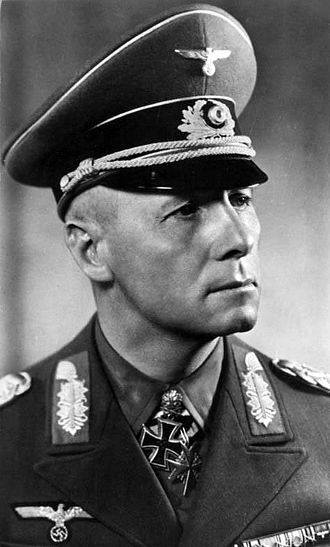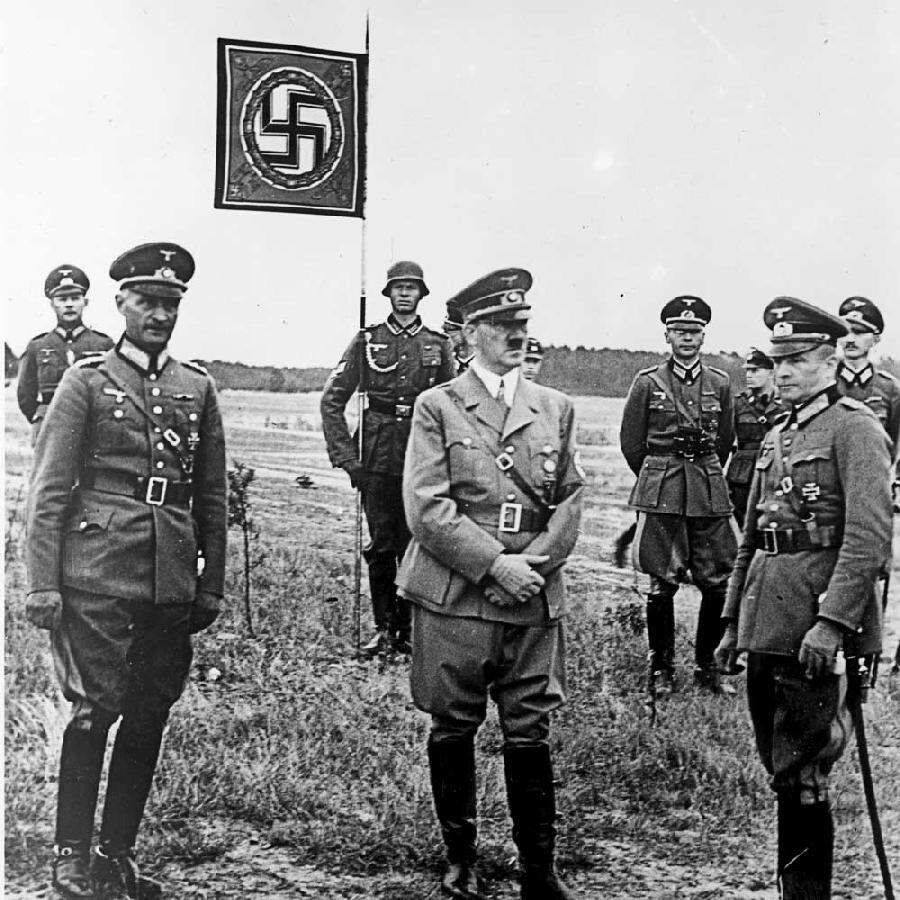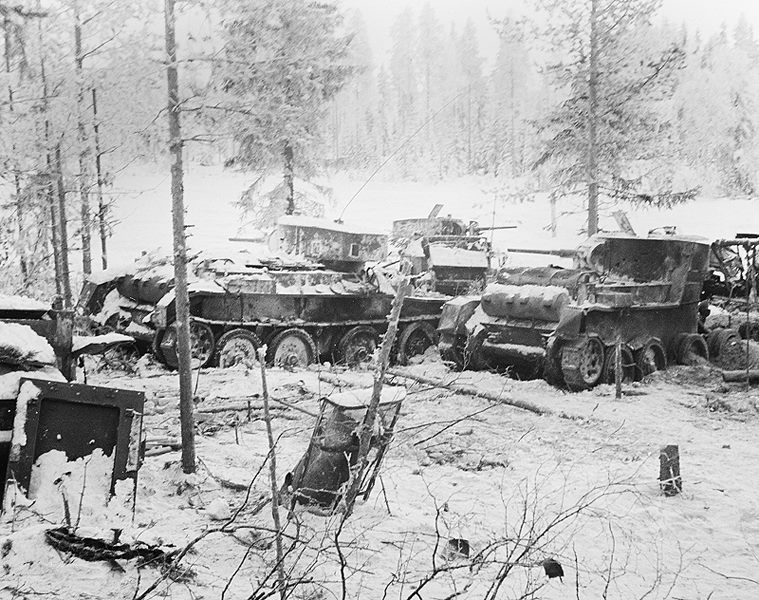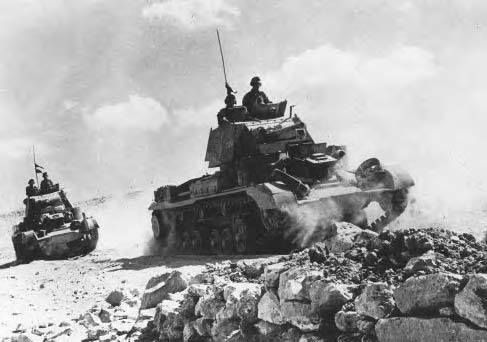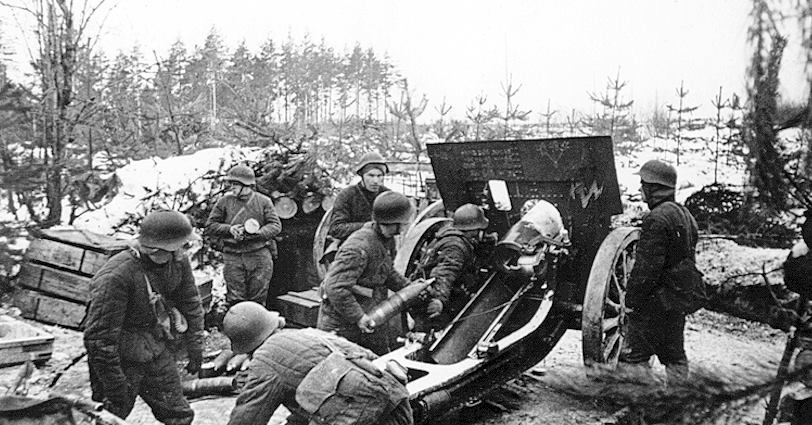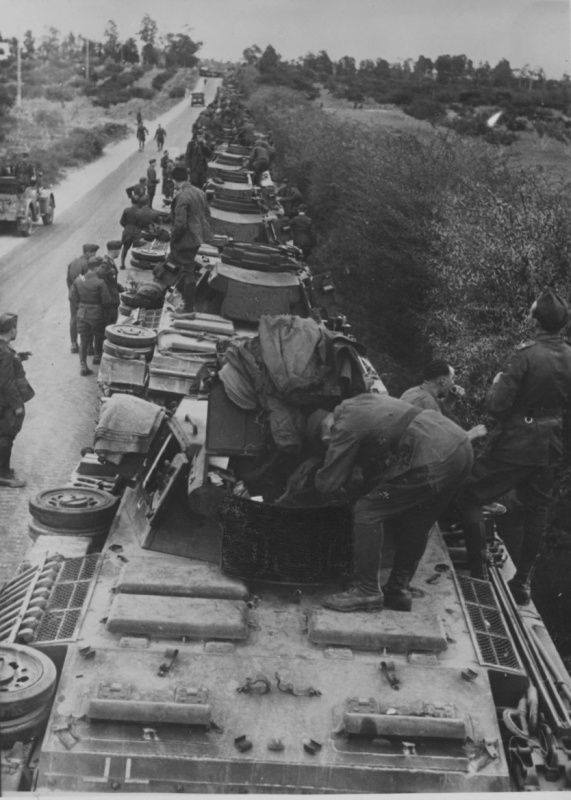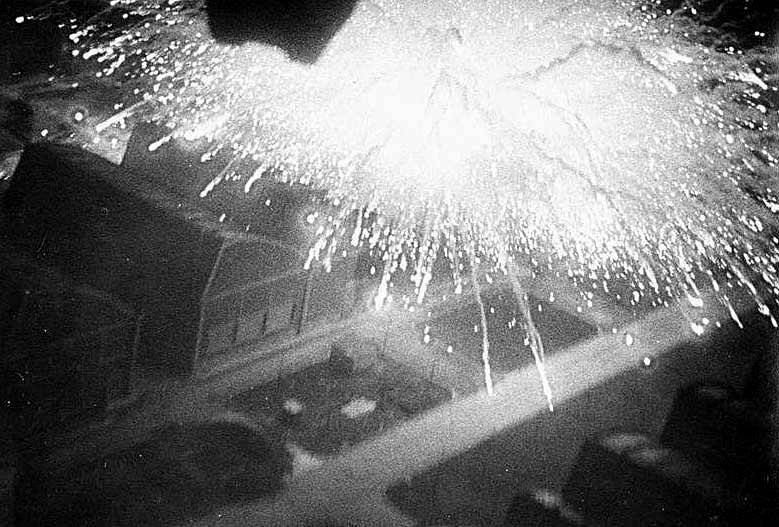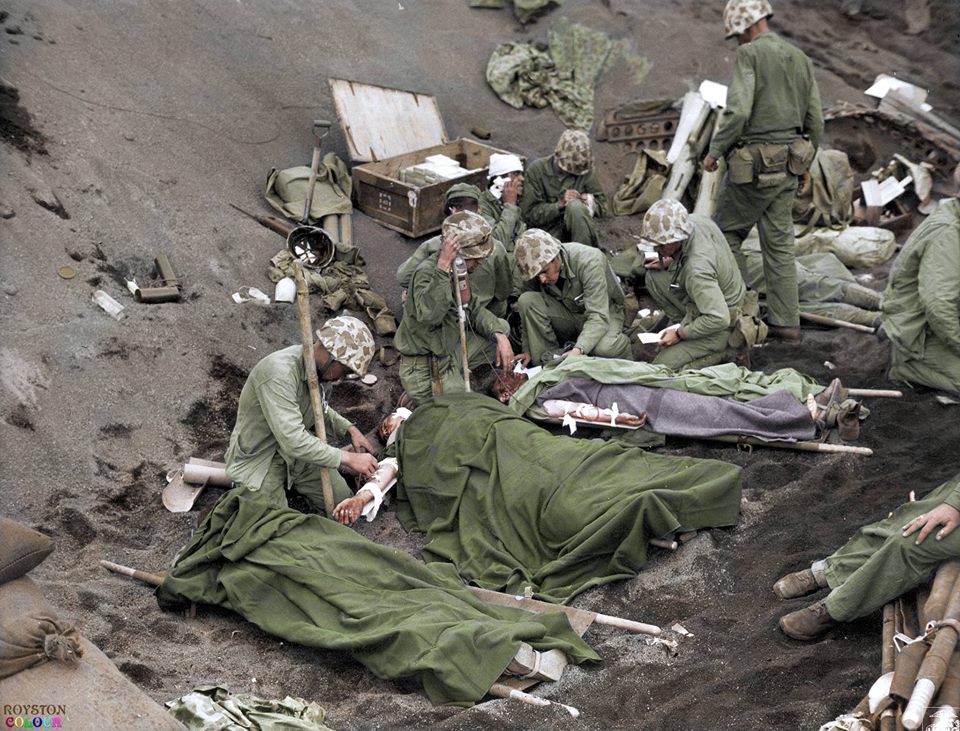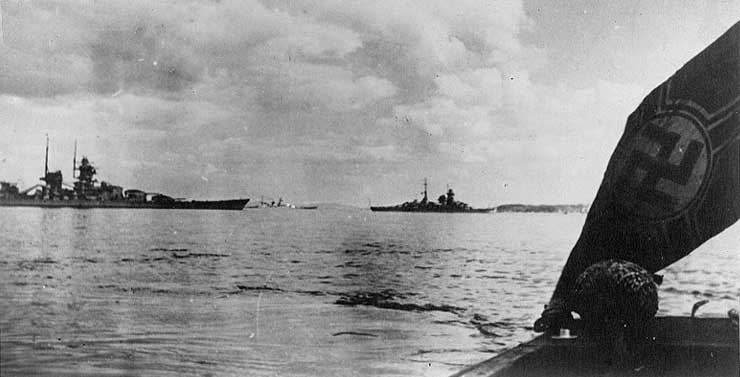February 4, 1944. Italy, Anzio
On the Anzio beach head there was fierce fighting as the Germans got their first major counterattack underway. The units on the perimeter, British and American, fought a determined defence battle to hold the line and sustained heavy casualties.
The Irish Guards were amongst the units facing up to this onslaught. With them was John Kenneally, who had already won some fame for his handling of the Bren gun. He was sent back to the beach to collect some replacements in an Army lorry, accompanied by a young Guardsman.
As they drove along the track down to the beach the young man was suddenly a shot through the neck. Keneally stopped quickly but found that the Guardsman had been killed instantly, he then came under fire himself as he crawled under the truck:
"I peered cautiously from under the rear wheels. There was the cover, about 250 yards on my left, a large group of pine trees, tall and thick with foliage. The bastard must be in there somewhere. I realised that from his angle of view all he could see was the back of the truck and the passenger side; I could crawl under the truck, into the driver’s seat, start up be away.
I thought again. The moment I started the motor it would alert him and he would have time to pump three or four shots through the back of the truck before I could get into gear. I could not chance it. I had to try and take him out. I was working myself up into a cold fury. This was bloody guerrilla war; every soldier hates snipers: the odds are always with them. It was to be him or me.
I crawled under the truck and managed to remove the Bren gun from under the driver’s seat. So far, so good. Beyond the ditch where I had laid the guardsman was a deep irrigation gully which followed the line of the track and round the bend. I judged it about ten yards from the front of the truck.
If I could make that, I would have cover almost to the line of the trees. Should I crawl those ten yards and hope he did not spot me, or run it? Shit or bust I curled myself like a spring and dived for the gully; he got off one shot and missed by a mile. I reckon I covered those ten yards in less than a second; self preservation makes supermen of us all.
I landed in the gully, which must have been a foot deep in mud and filth. I wrapped my field dressing round the breech and mechanism of the Bren – this was no time for slip-ups – and crawled well over a hundred yards down the gully till it petered out into a culvert which was covered with undergrowth. By this time I was well camouflaged myself, being covered in mud. I worked my way slowly through the undergrowth to the top of the culvert and peered anxiously through it. I was no more than seventy yards from the trees; all I had to do was spot him.
I slid the Bren gun forward and planted its legs firmly in the earth and got behind it. Where was the bastard? I searched and scanned those trees till my eyes almost popped out. Not a sign. There were occasional movements and rustling but it was only birds.
I did not expect the glint of a rifle barrel. These snipers were too clever for that: they were always covered. I watched endlessly, but nothing; the adrenalin had gone away by now and I thought he must have moved away. I considered heading back for the truck and taking my chance. Suddenly, to my right and high in the dense trees, I saw the slightest of gleams; he must have moved fractionally and the sun caught the end of his telescopic sight.
I pin-pointed the spot and eased the gum into my shoulder. I blasted the whole magazine off into the trees. The noise was shattering after the silence. I put the butt down and watched and waited. The birds had all scattered away, squawking their heads off; then I heard a loud rustling in the trees. There he was, dropping through the foliage from branch to branch till he ended up in a crumpled heap in the long grass. I’d got him and I felt great."
John Kenneally: The Honour and the Shame
Source: WWII today


